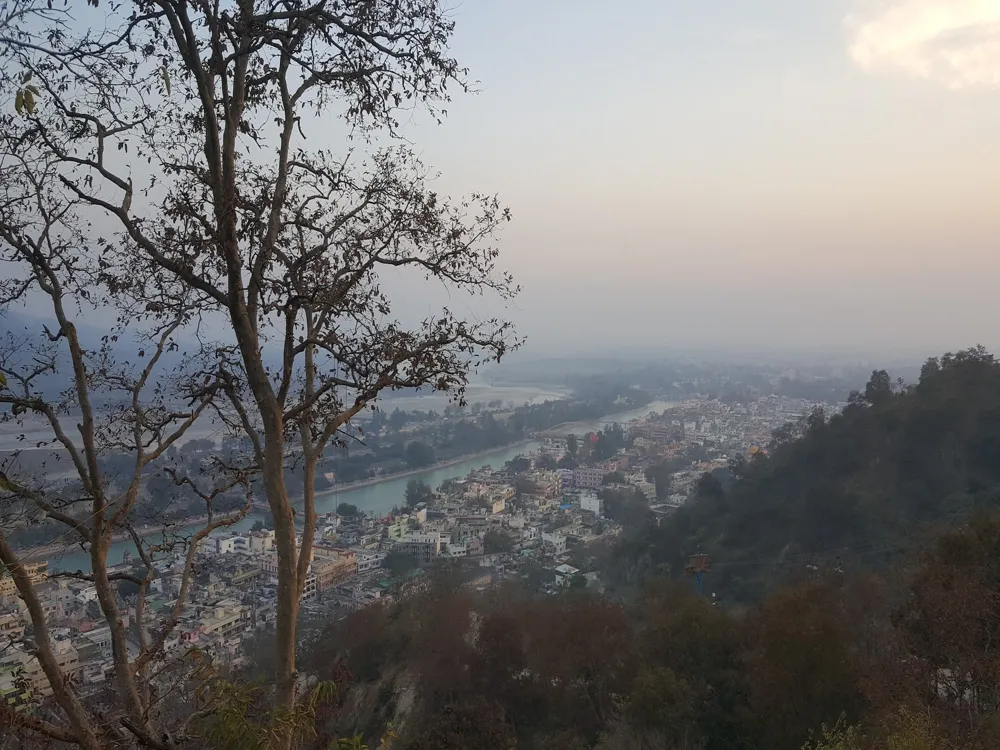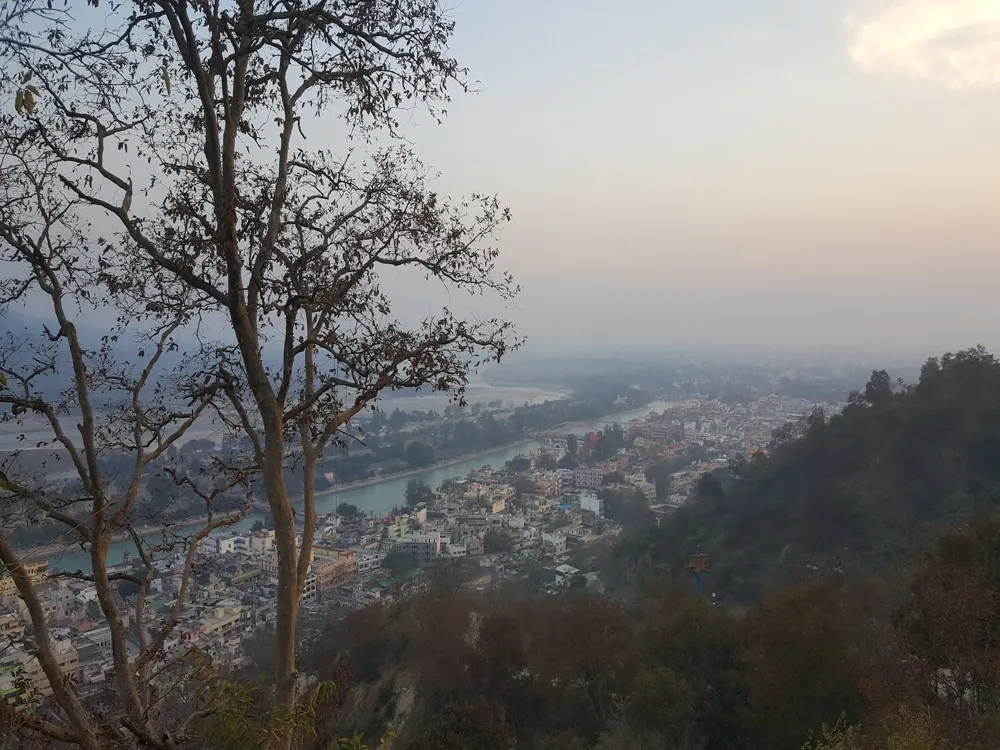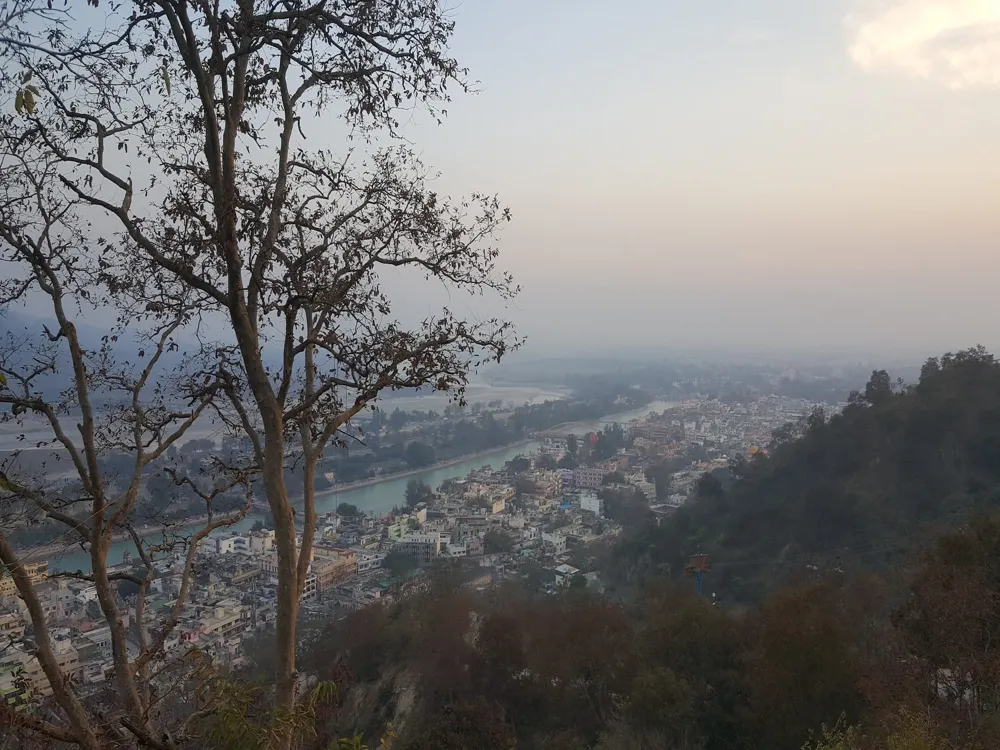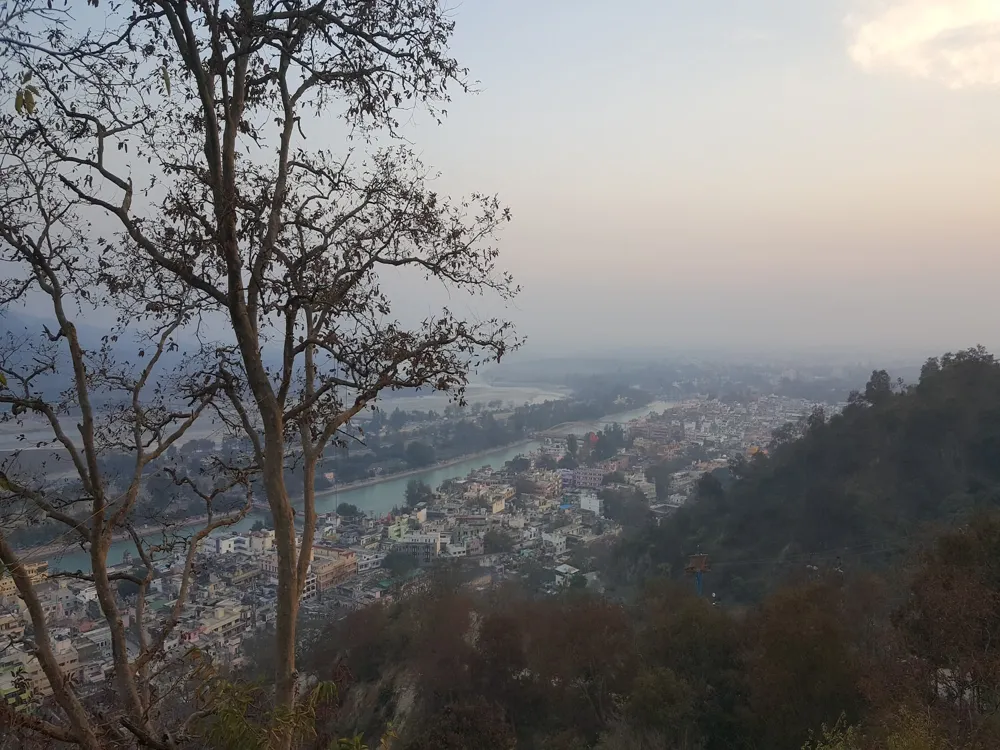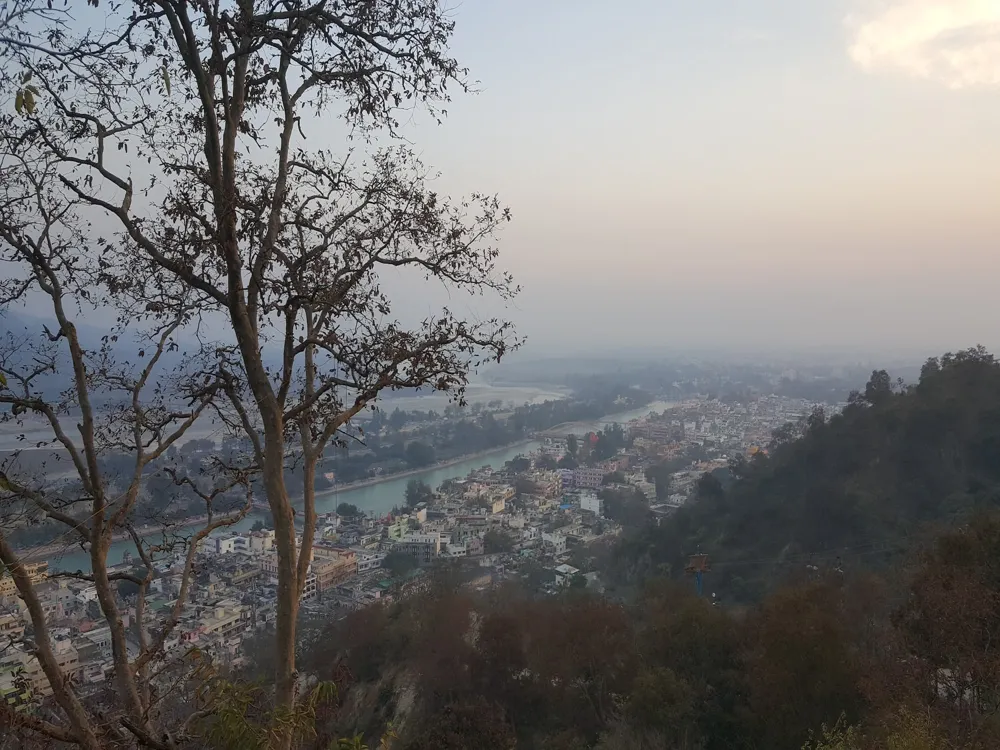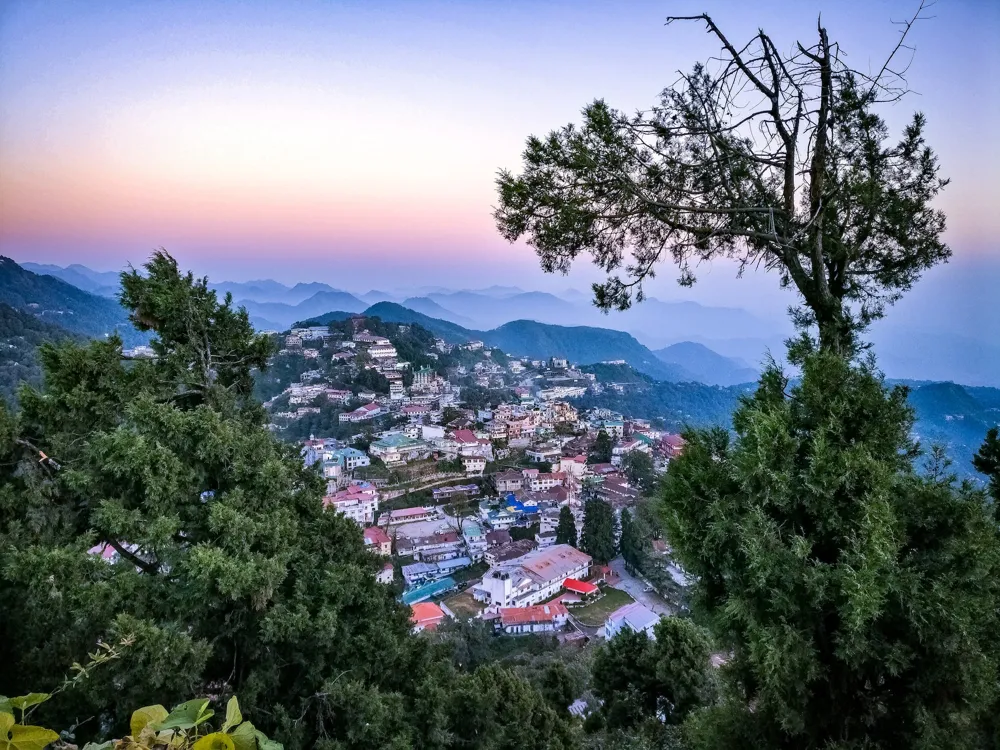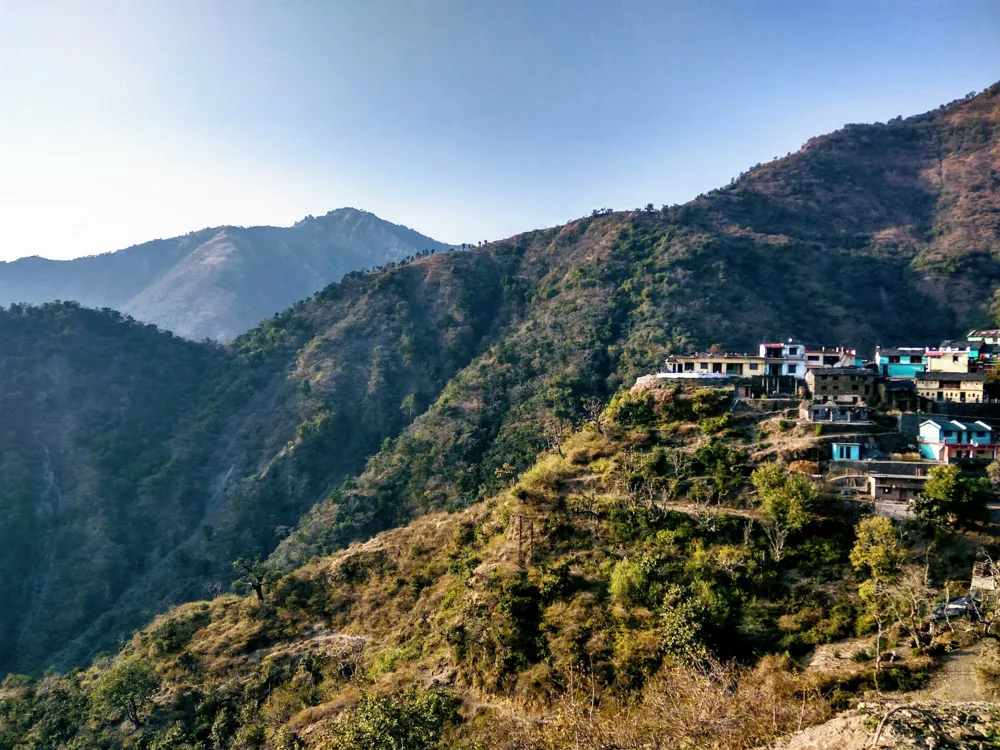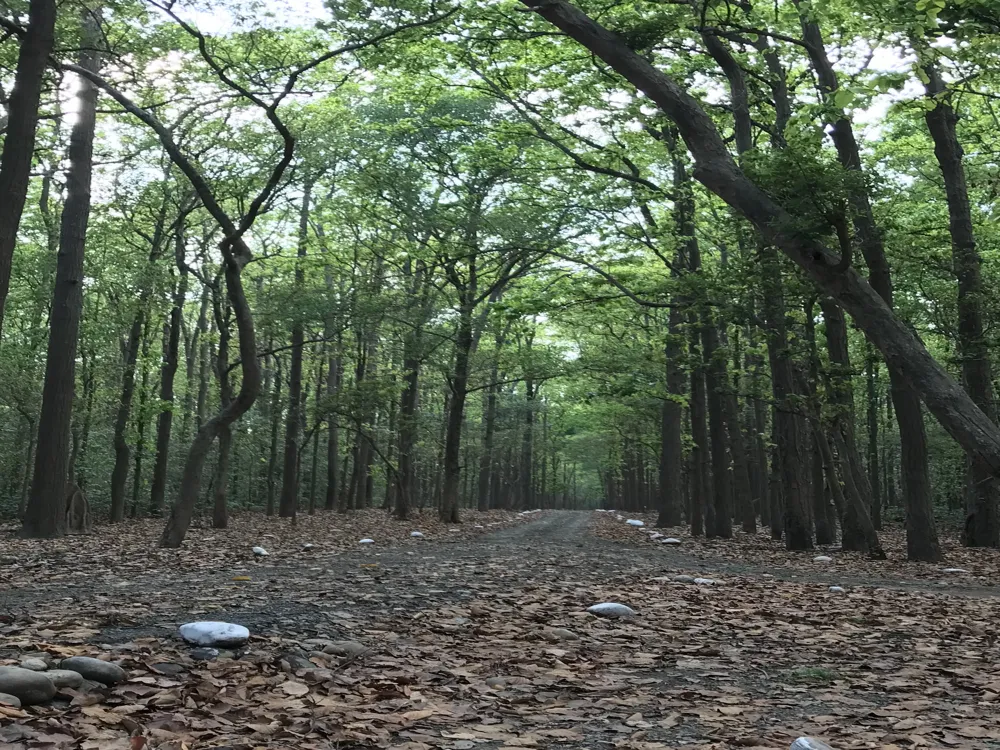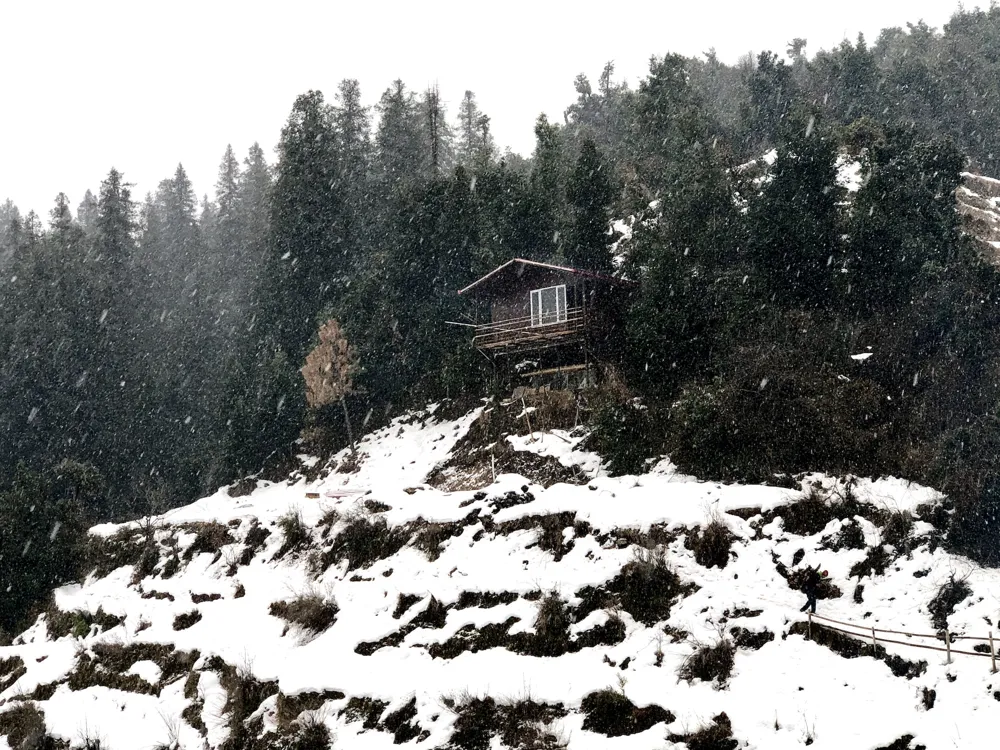Nestled in the spiritual city of Haridwar, the Gaurishankar Mahadev Temple stands as a beacon of Hindu faith and tradition. This ancient temple, dedicated to Lord Shiva, holds a special place in the hearts of devotees. Haridwar, known as the Gateway to the Gods, is a city steeped in spirituality and history, where the River Ganges exits the Himalayan foothills. The Gaurishankar Mahadev Temple, located in this serene setting, attracts thousands of pilgrims every year, drawn by its divine aura and historical significance. The temple's history is intertwined with Hindu mythology and the city of Haridwar itself. According to legends, Haridwar is one of the four places where drops of Amrit, the elixir of immortality, spilled over from the celestial Kumbh carried by the Garuda, the celestial bird. This makes the city and its temples, including the Gaurishankar Mahadev Temple, highly revered. The temple is not just a religious site but also a symbol of the timeless Indian tradition of spirituality and worship. The Gaurishankar Mahadev Temple is a stunning example of ancient Indian architecture, reflecting the artistry and religious significance of the era in which it was built. The temple's design follows the classic North Indian style, known as Nagara. This architectural style is characterized by its distinctively beehive-shaped shikhara (spire), which is intricately carved and rises above the sanctum sanctorum (the holy inner chamber where the deity resides). As you approach the temple, the first thing that strikes you is the grand entrance, adorned with detailed carvings and sculptures that depict various stories from Hindu mythology. The outer walls of the temple are equally magnificent, featuring a series of ornate panels and sculptures. These sculptures are not just decorative elements but also serve as a visual storytelling medium, depicting various episodes from the Puranas and other ancient Hindu texts. Inside the temple, the sanctum sanctorum houses the sacred Shiva Lingam, the iconic symbol of Lord Shiva. This Lingam is an object of deep veneration and is the focal point of the temple's spiritual energy. The inner chamber is designed to evoke a sense of divine presence, with its subdued lighting and serene ambiance. The walls around the sanctum are adorned with frescoes and paintings, some of which are centuries old, depicting scenes from the life of Lord Shiva and other deities. The temple's architecture also includes several ancillary structures, such as the mandapa (pillared hall), which is used for religious gatherings and prayers. The mandapa features a high ceiling supported by elaborately carved pillars, each telling its own story of gods and goddesses. The craftsmanship seen in the temple is a testament to the skill and devotion of the artisans who built it. When visiting the Gaurishankar Mahadev Temple, it is important to dress modestly. Traditional Indian attire is recommended, but at the very least, visitors should wear clothing that covers their shoulders and knees. This is not only a sign of respect for the temple's sanctity but also aligns with the local cultural norms. Participating in or observing the temple rituals can be a profound experience. It is advisable to familiarize yourself with the basic rituals and customs, such as the arti (worship ceremony) and prasad offerings, to enhance your understanding and experience of the visit. Haridwar is a city with deep religious significance. Visitors should respect local customs and traditions. This includes not consuming non-vegetarian food or alcohol in the vicinity of the temple, as these are considered inappropriate in this holy city. Reaching Gaurishankar Mahadev Temple in Haridwar is convenient as the city is well-connected by road, rail, and air. The nearest airport is the Jolly Grant Airport in Dehradun, approximately 35 kilometers from Haridwar. Regular flights connect Dehradun to major cities like Delhi, Mumbai, and Bangalore. From the airport, taxis and buses are available to Haridwar. For those preferring to travel by train, Haridwar Junction is a major railway station with several trains connecting it to different parts of India. From the railway station, the temple is a short drive or rickshaw ride away. Road connectivity to Haridwar is also excellent, with state and national highways linking it to nearby cities and towns. Read More:Overview of Gaurishankar Mahadev Temple, Haridwar, Uttarakhand
Architecture of Gaurishankar Mahadev Temple
Tips When Visiting Gaurishankar Mahadev Temple
Dress Appropriately
Understand the Rituals
Respect the Local Customs
How To Reach Gaurishankar Mahadev Temple
Gaurishankar Mahadev Temple
Haridwar
Uttarakhand
NaN onwards
View haridwar Packages
Haridwar Travel Packages
View All Packages For Haridwar
Top Hotel Collections for Haridwar

Private Pool

Luxury Hotels

5-Star Hotels

Pet Friendly
Top Hotels Near Haridwar
Other Top Ranking Places In Haridwar
View All Places To Visit In haridwar
View haridwar Packages
Haridwar Travel Packages
View All Packages For Haridwar
Top Hotel Collections for Haridwar

Private Pool

Luxury Hotels

5-Star Hotels

Pet Friendly







